Introduction
Did you know that the average person using a standard showerhead can waste up to 100 gallons of water every day? That’s enough water for two 60-second showers! Water conservation is a simple way to save money, help protect the environment and make sure your local water utility has enough water for its customers—or so the theory goes.
Don’t leave the water running while you brush your teeth or shave.
You can save a lot of water by not leaving the tap running while you brush your teeth or shave. A typical bathtub holds about 50 gallons of water, so if you’re taking baths every day and leaving the tap on for an extra minute each time, this will add up quickly!
If everyone in the United States did this simple thing, we could save over 1 billion gallons per day–and that’s just in America alone. That number would increase even more if we also reduced our use of other household appliances like dishwashers and washing machines (which use even more water than showers).
Take shorter showers, and turn off the water while you soap up.
- Take shorter showers, and turn off the water while you soap up. You can save up to 10 gallons per minute by turning off the tap while soaping up and keeping your shower time short (5 minutes or less).
- Try taking baths instead of showers. If you prefer baths but don’t have time to relax in them, consider switching back and forth between taking baths and showers as needed–it’s better for both your skin and your water bill!
Use a sink stopper or plug to limit the amount of water that goes down the drain when washing dishes or doing laundry.
Use a sink stopper or plug to limit the amount of water that goes down the drain when washing dishes or doing laundry.
Turn off the faucet while brushing your teeth, shaving and washing your face in the morning and at night. If you have a bathtub, fill it only halfway with warm water for baths instead of letting it fill up completely with hot showers (this will save about 4 gallons per minute).
If you have an older model dishwasher without sensors that automatically turns off when full, set up an alert on your phone so you know when it’s time to unload!
Repair leaks and dripping faucets right away.
- Repair leaks and dripping faucets right away. Leaks waste water and money, and they can lead to expensive repairs if left unattended.
- Make sure all toilets are in good working order; replace flappers or fill valves as needed.
Repair toilets and appliances that use water inefficiently.
- Replace old toilets with new low-flow models. Old toilets use about 3 gallons per flush (gpf), but newer low-flow versions use only 1.6 gpf or less. Get a $100 rebate on a new WaterSense labeled toilet here at ConservationPays.com.
- Replace showerheads with new low-flow models. If your current showerhead is older than 1993, it’s likely to be clogging up the drain and wasting water without you knowing it–a leaky shower head can waste up to 200 gallons per month!
- Check for leaks in faucets and pipes by turning off all sinks, showers and tubs then running water at each fixture until you hear any sounds of running water coming from another fixture somewhere else in your home (this might take a few minutes). If none of these sound like they’re leaking then try flushing toilets while listening closely; if this doesn’t work either then call an expert plumber right away before things get worse!
Turn off the water while shaving, brushing teeth, and cleaning your face.
- Turn off the water while shaving. It takes only a few seconds to turn off the faucet while you’re shaving, so there’s no reason not to do it.
- Turn off the water while brushing your teeth. Turning off your faucet while brushing can save up to 2 gallons of water per minute!
- Turn off the water when washing your face or hands in the sink (or at least let it run for only as long as necessary).
Use an aerator on your faucet to reduce flow while still maintaining pressure.
You can also install an aerator on your faucet to reduce flow while still maintaining pressure. An aerator is a removable device that fits on the end of a faucet and controls the flow of water through it. Aerators are inexpensive, easy to install, and can save you up to 50% on water use.
If you’re interested in installing an aerator on your home’s sinks or showers but aren’t sure how–or if they’re even allowed by code–check with your local building department before purchasing one (or call them directly).
Change showerheads to low-flow models that use less than 2 gallons per minute (gpm).
- Find out what your showerhead’s flow rate is. You’ll want to do this before you purchase a new one, so that you can choose one with a similar flow rate.
- Choose a low-flow model from the Environmental Protection Agency’s list of certified devices (or another reputable source).
- Install it according to manufacturer instructions and take care not to overtighten the connections or use pliers on plastic fittings–you could strip them and cause leaks!
Conclusion
Don’t forget to check your water bill regularly. If you notice a spike in the amount of water used at your house, it might be time for some repairs or upgrades.

